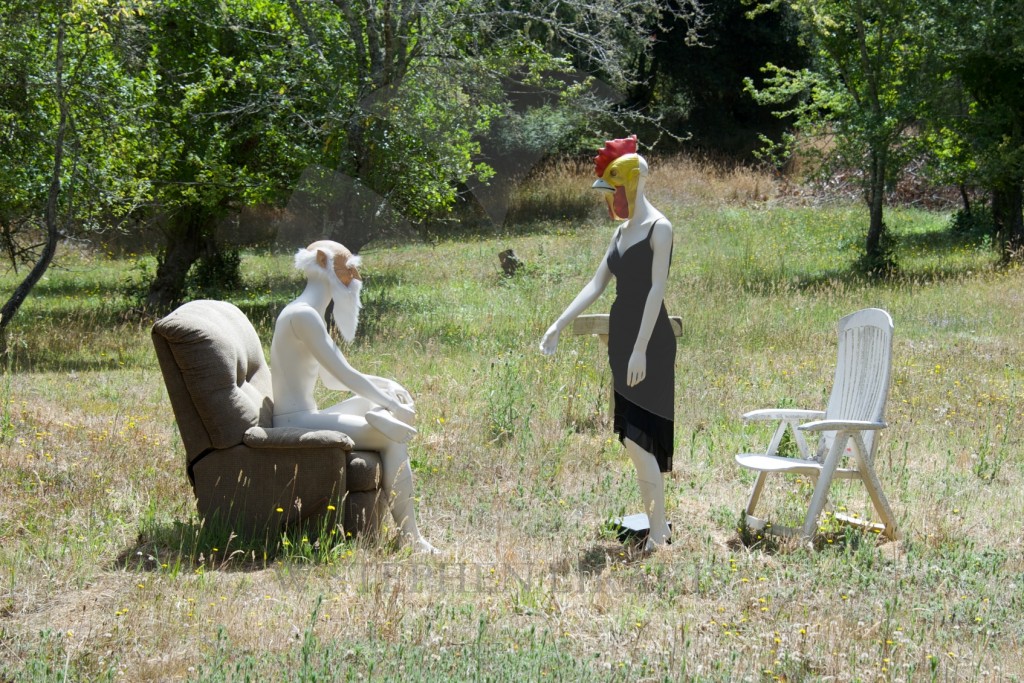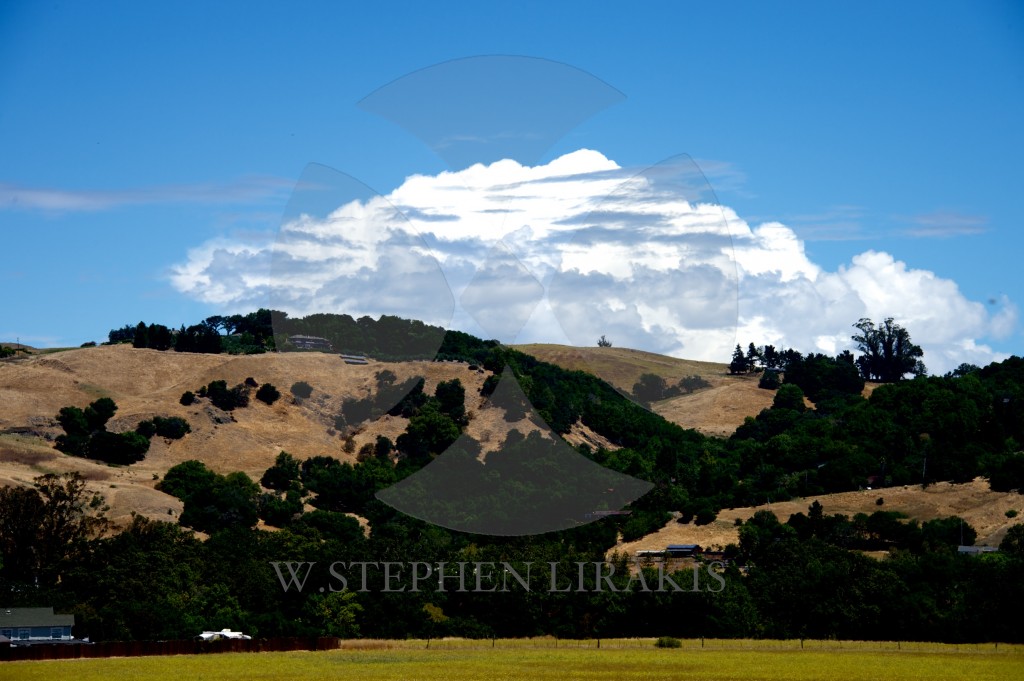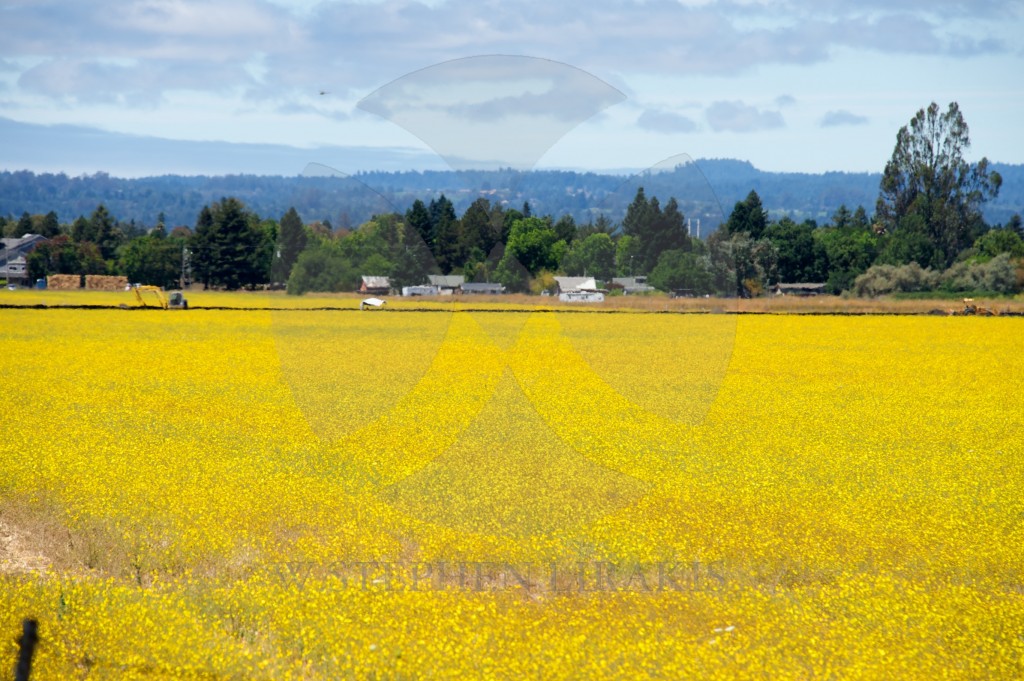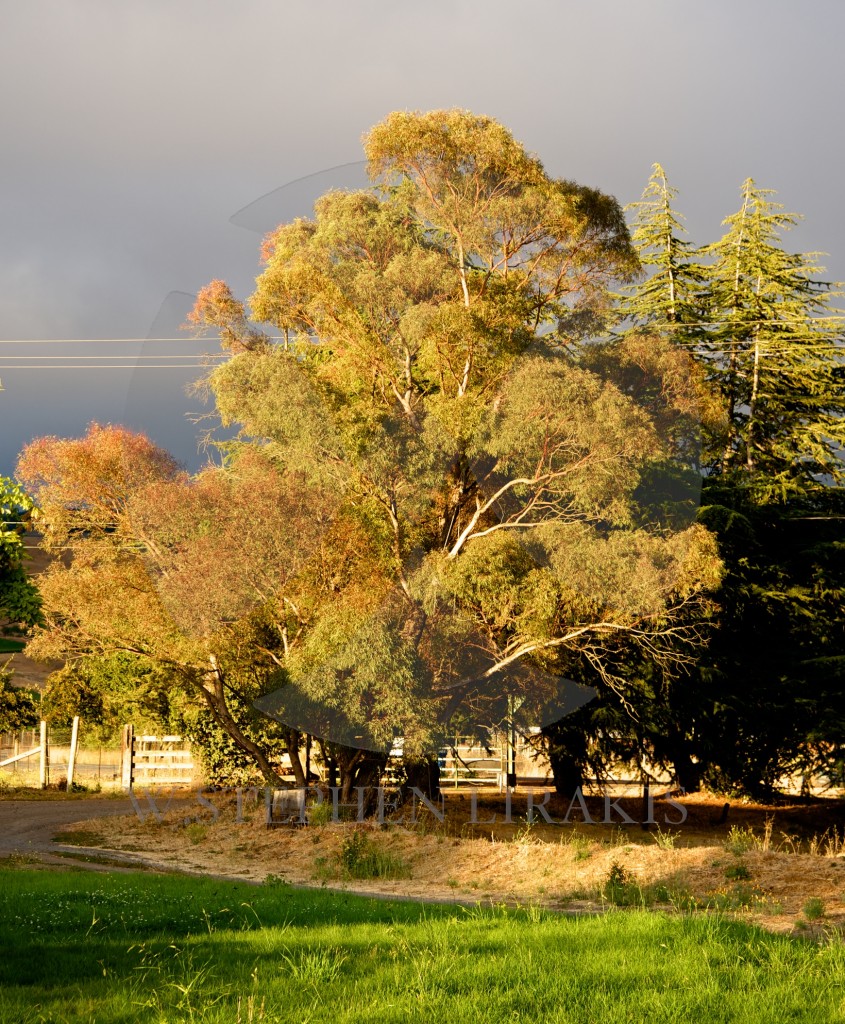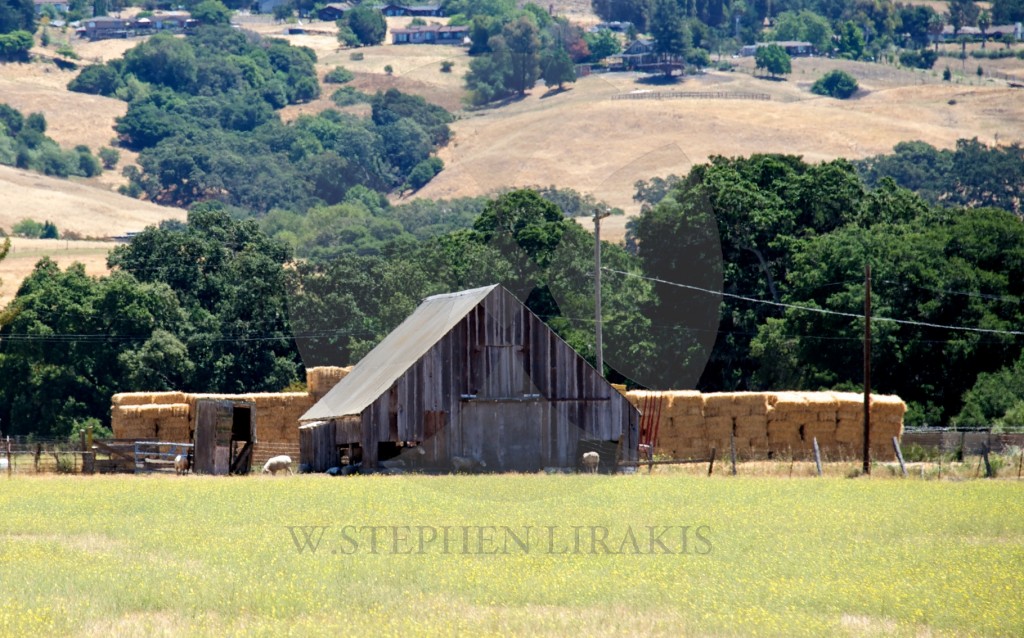“Spindrift” ex “Banque Populaire” on standby for an Atlantic record.
The maxi-trimaran Spindrift 2 left La Trinité-sur-Mer, France on May 26, arriving on June 3 in Newport, Rhode Island where the team has remained on standby to break the crewed 2880 nm North Atlantic record from New York to Lizard Point.
Led by co-skippers Dona Bertarelli and Yann Guichard, they seek to better the record of 03:15:25:48 set by their 40m (131.23-feet) trimaran in August 2009, known then as Banque Populaire 5. To be successful, their average speed must be in excess of 32.94 knots over the distance.
But now, after seven weeks on standby in Newport, there has still been no suitable weather window for which to launch their assault. As Guichard explains, these accomplished sailors have no choice but to accept the wait, unusual as it may be for an elite sportsman.
“Despite enduring the standby at home, as opposed to on the quayside, we are fully alert and mentally ready to drop everything and jump on a plane as soon as possible,” explains Yann, who sends a message to his teammates every day to keep them informed about the latest conditions.
“Dona and I are obviously following the weather very closely. Together, with team navigator Erwan Israël, we check the two daily American and European forecast updates. The first come in before 5am and, whilst there is still not really a departure window on the horizon, we inevitably check each weather update religiously. We are as ready as we can be with a good technical and sporting potential, but the weather is out of our hands. That is what makes record attempts so frustrating…but also so special. When you are on standby, it can at times be stressful, as any athlete waiting for a big match can understand. In addition, we know that when the day of reckoning comes, once we get out on the ocean, conditions will be extreme.”
Among the obstacles blocking the route has been drift ice in the Labrador Current. A harsh winter has meant that icebergs are lasting longer than normal, and while they are slowly melting, the large ice sheets are only disappearing gradually from satellite photos.
The other obstacle has been the Azores High, an anticyclone centred over the Azores and spread like an insurmountable mountain across the entire North Atlantic.
“To make the crossing in record-breaking conditions you have to leave ahead of a depression on the American coast and ride it up to Newfoundland, where you pick up another and accelerate for the rest of the crossing. You then have to stay in front of the system, which must not catch you up or wane before you reach the finish line,” adds Erwan Israël. “With such a huge, powerful anticyclone at the moment, the depressions are not making any headway, and neither can we!”
The team is prepared to remain on standby through to mid-August if necessary to find a suitable departure window. Updates here: www.spindrift-racing.com/atlantic



